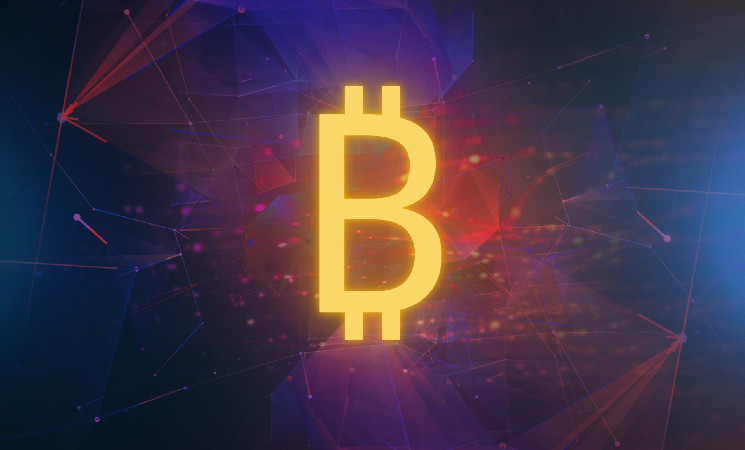Arthur Hayes breaks down Bitcoin’s correlation with dollar and yen
 cryptopolitan.com 07 August 2024 22:55, UTC
cryptopolitan.com 07 August 2024 22:55, UTC What do you do when the market is down, and you have an election to win? If you’re a politician, your number one goal is to secure re-election.
Crypto icon Arthur Hayes told us that this means you print money and manipulate prices higher. Picture Kamala Harris, the Democratic nominee for US President, facing the formidable opponent known as Donald J. Trump.
She needs everything to go right because a lot has gone wrong since her last term as Vice President. The last thing she needs is a global financial crisis on election day.
Arthur says that Harris likely has Obama in her ear warning her about the dangers of a 2008-like Global Financial Crisis (GFC) just before the election.
With President Biden out of the picture, Harris is running the show. George W. Bush faced the GFC in 2008, and Obama’s victory was partly because he wasn’t responsible for the slump.
Now, Harris must avoid a similar fate.
The Widow Maker, the yen carry trade, and the unwind
The yen carry trade is central to this potential crisis. It involves borrowing yen at low-interest rates and investing in assets with higher returns.
If the yen appreciates, money is lost when repaying the loan, but if it depreciates, money is made. Japan Inc., which includes the Bank of Japan (BOJ), corporations, and pension funds, doesn’t hedge its yen borrowing because the BOJ can print unlimited yen.
Deutsche Bank’s report, “The World’s Biggest Carry Trade,” asks why the yen carry trade hasn’t collapsed. Japan is highly indebted, and hedge funds have bet against it but always lost.
The term “Widow Maker” comes from these failed bets. Western investors don’t understand Japan’s collective financial system.
The liability side of Japan’s balance sheet includes bank reserves and bonds, both funded at minimal costs due to the BOJ’s policies.
The yen’s weakness has widened the interest rate differential between the BOJ and the Fed, further benefiting Japan.
But then the yen got too weak, and the BOJ had to intervene. The dollar-yen pair reaching 162 was unsustainable due to domestic inflation. The BOJ wants to exit the trade slowly, but the market expects an unwind.
The problem now is the rate of normalization under Governor Kazuo Ueda. Unwinding the carry trade means the BOJ must raise rates and sell its massive JGB holdings. Without BOJ intervention, JGB yields will rise to match inflation, increasing the cost of debt.
What it got to do with Bitcoin
Arthur brings up an important point about Bitcoin’s correlation with the dollar-yen pair.
If Bitcoin rises when the dollar-yen strengthens or weakens aggressively, it signals market expectations of a bailout if the yen gets too strong. This is known as convex-Bitcoin.
On the other hand, if Bitcoin falls as the yen strengthens and rises as the yen weakens, it shows a correlation with traditional financial markets, known as correlated-Bitcoin.
Arthur suggests watching Bitcoin’s behavior closely. If it trades in a convex manner, it means a bailout is expected, and liquidity from the U.S. Treasury is sufficient. This is a sign to aggressively add positions as the market expects intervention.
If Bitcoin trades in a correlated manner, aligning with traditional markets, it might be better to sit out and wait for a clear market direction.
Arthur believes that understanding Bitcoin’s correlation with the dollar-yen pair can provide insights into market sentiment and potential bailouts. It can guide traders on whether to take aggressive positions or wait for the market to settle. In his words:
“If you must use leverage, use it wisely and constantly monitor your positions. When you have a levered position, you better be babysitting your Bitcoin or shitcoins. Otherwise, you will get liquidated.”




